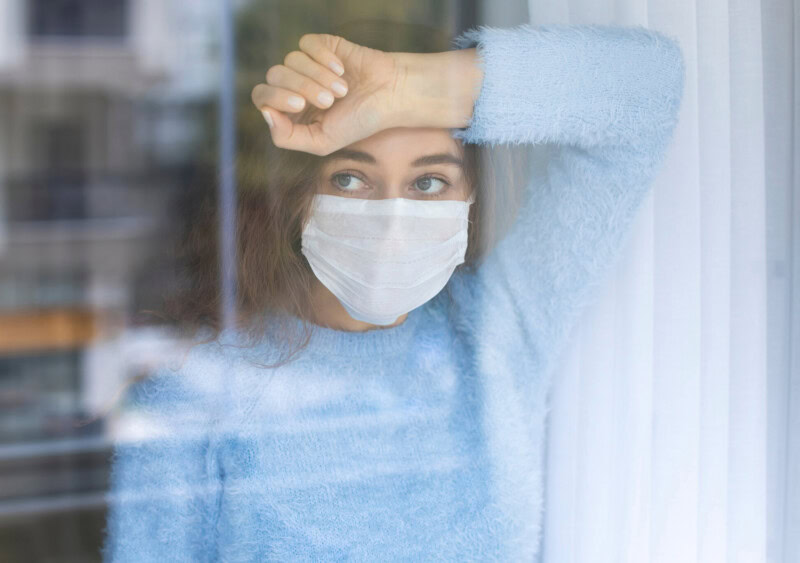Public health officials and pharmacists are making significant strides in administering COVID-19 vaccinations across the U.S. So, does that mean coronavirus-related quarantines are a thing of the past? Not so fast says the CDC. Along with masks, social distancing, and hand hygiene, CTEH experts are explaining why quarantine remains an effective tool in battling the COVID-19 pandemic, when done properly:
What is the purpose of a quarantine?
Quarantines are a proven method to reduce exposures to COVID-19 and help protect the health and safety of the general public. According to the CDC, quarantines are “used to keep someone who might have been exposed to COVID-19 away from others” to “prevent the spread of [the] disease before a person knows they are sick or if they are infected with the virus without feeling symptoms.”
Who should quarantine?
The CDC recommends quarantines for “close contacts.” This includes people who have reported direct interactions (e.g., hugs, shared meals) or been within six feet of an individual infected with COVID-19 for a total of 15 minutes or more. People who have recovered from COVID-19 within the past three months or are fully vaccinated are currently excluded from this guidance.
How long should quarantine last?
Individuals should begin their quarantines as soon as they are notified of a potential exposure and stay away from others for 14 days after their last known contact with the positive case. During this time, they should monitor for symptoms. If they develop a fever, cough, shortness of breath, or other COVID-19 signs, they should isolate immediately and contact their healthcare provider. Depending on local health guidelines, individuals may reduce their quarantine to 10 days without testing or seven days if they receive a negative test result.
For additional guidance on COVID-19 quarantine protocols, contact webquestion@cteh.com.
Any scientific or medical information included in this article is current as of the date of publication; however, public health knowledge of COVID-19 is rapidly developing. Readers are advised to monitor national, state and local public health agencies for current recommendations regarding any infectious disease.




